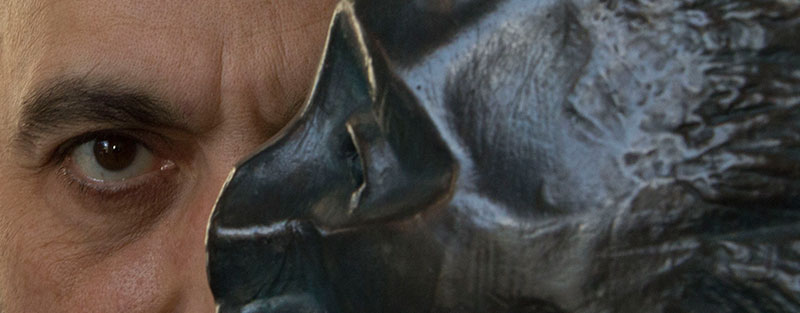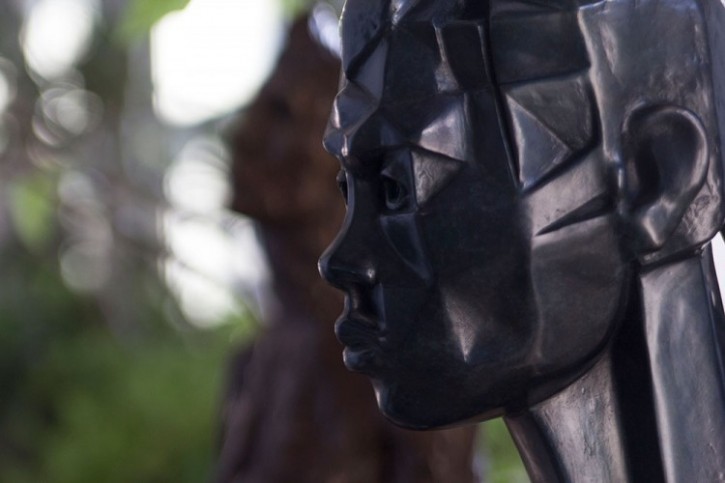When I work I hope to arrive at a balance and unification of all the different parts, or volumes, which make up the work in progress, and all the elements that are intrinsic to them: such as the planes, the light and the tensions produced by the line, the curve, the edge. Simplicity is complexity resolved – Brancusi
During this process I try to not lose sight of the quest for simplicity, because in my opinion, it is in the simplicity that a work can demonstrate its strength.Too often the abundance of details stifle the work, as the essence of a speech may become lost in an abundance of words. So, I try in my work, both to remove anything that may seem superfluous to me and show detail without resorting to the actual detail.

In this context, reproducing reality holds little interest for me. What interests me is expressing the truth that I perceive to the best of my abilities. Art is an idea that it is exaggerated –A. Gide
I try to achieve this, among other things, by exaggeration and by deforming what is familiar, or even by highlighting planes to suggest or reveal the structure that lies beneath the form; to go beyond the mere surface appearance of our surroundings, including objects, people, ideas and language.

By revolving my work on three axes – to form, to simplify, to exaggerate – I hope to bring out in space and time the immateriality of the inner world, the intimate and vibrant fabric of the human condition. My efforts tend, as I mentioned earlier, to achieve not realism but to bring out a truth that sees beyond what is visible, one that questions, or challenges the observer in his being, his body, his culture and memory. Art doesn’t reproduce the visible, it renders visible –Paul Klee
By doing so I hope to give the sculpted object a power of attraction strong enough to establish a personal relationship with the observer, one that evokes his own unique story, from his own human experience. In doing so, as was the artist before him, he becomes both actor and creator.

